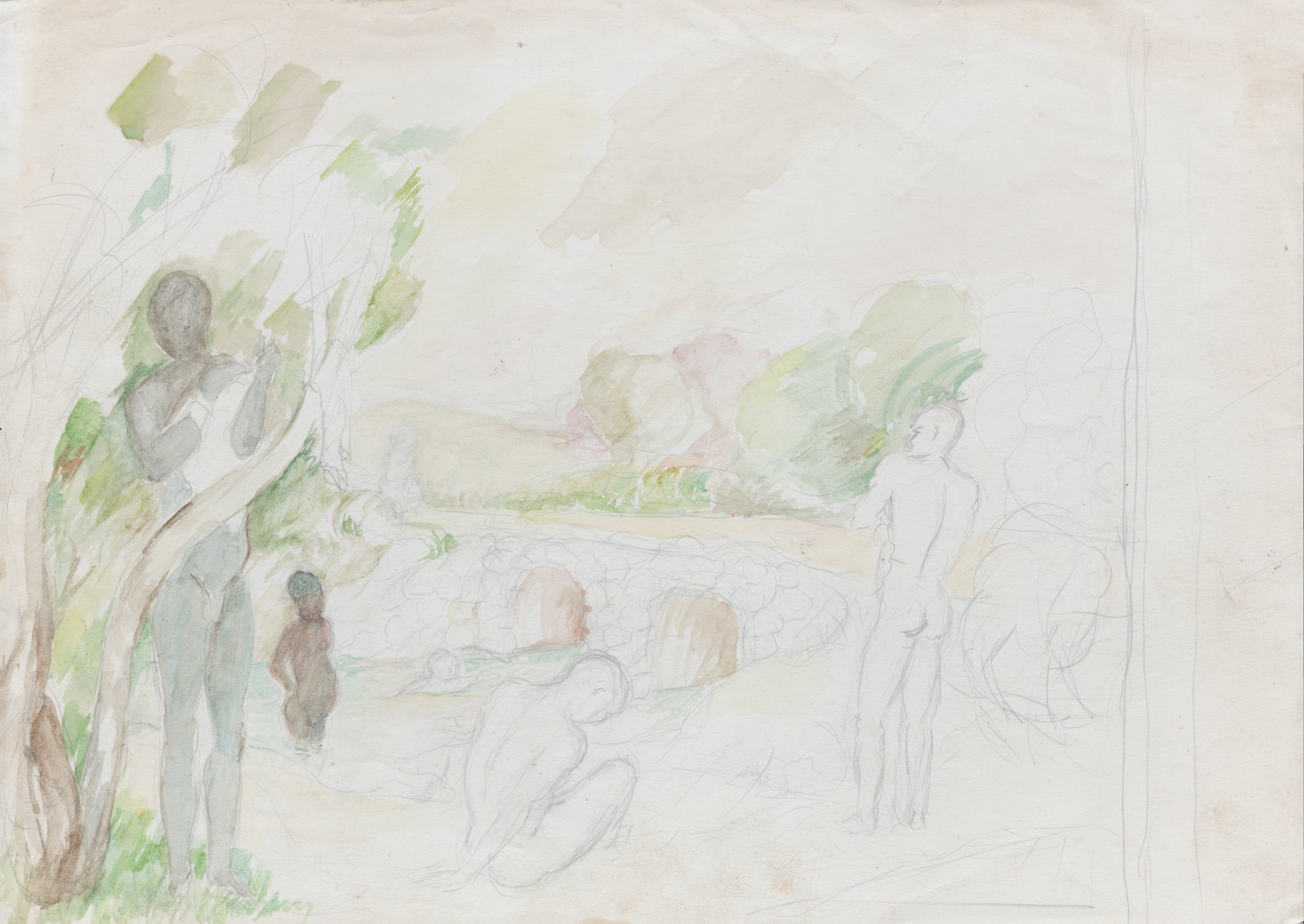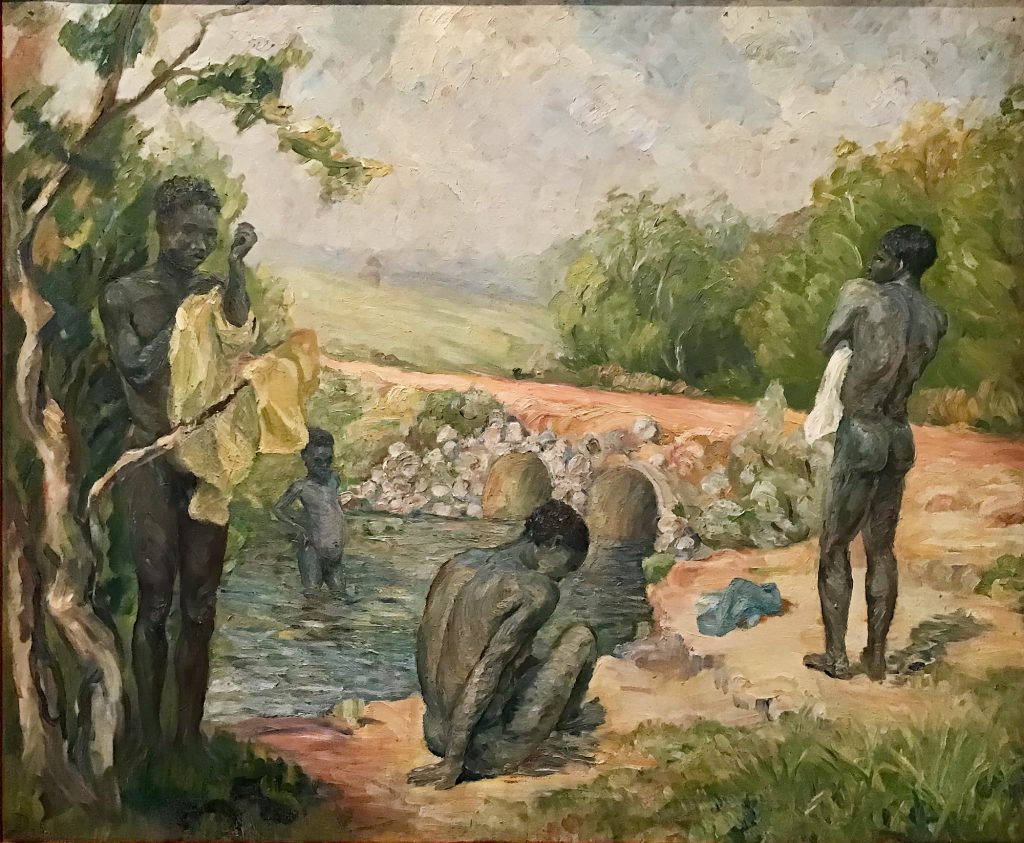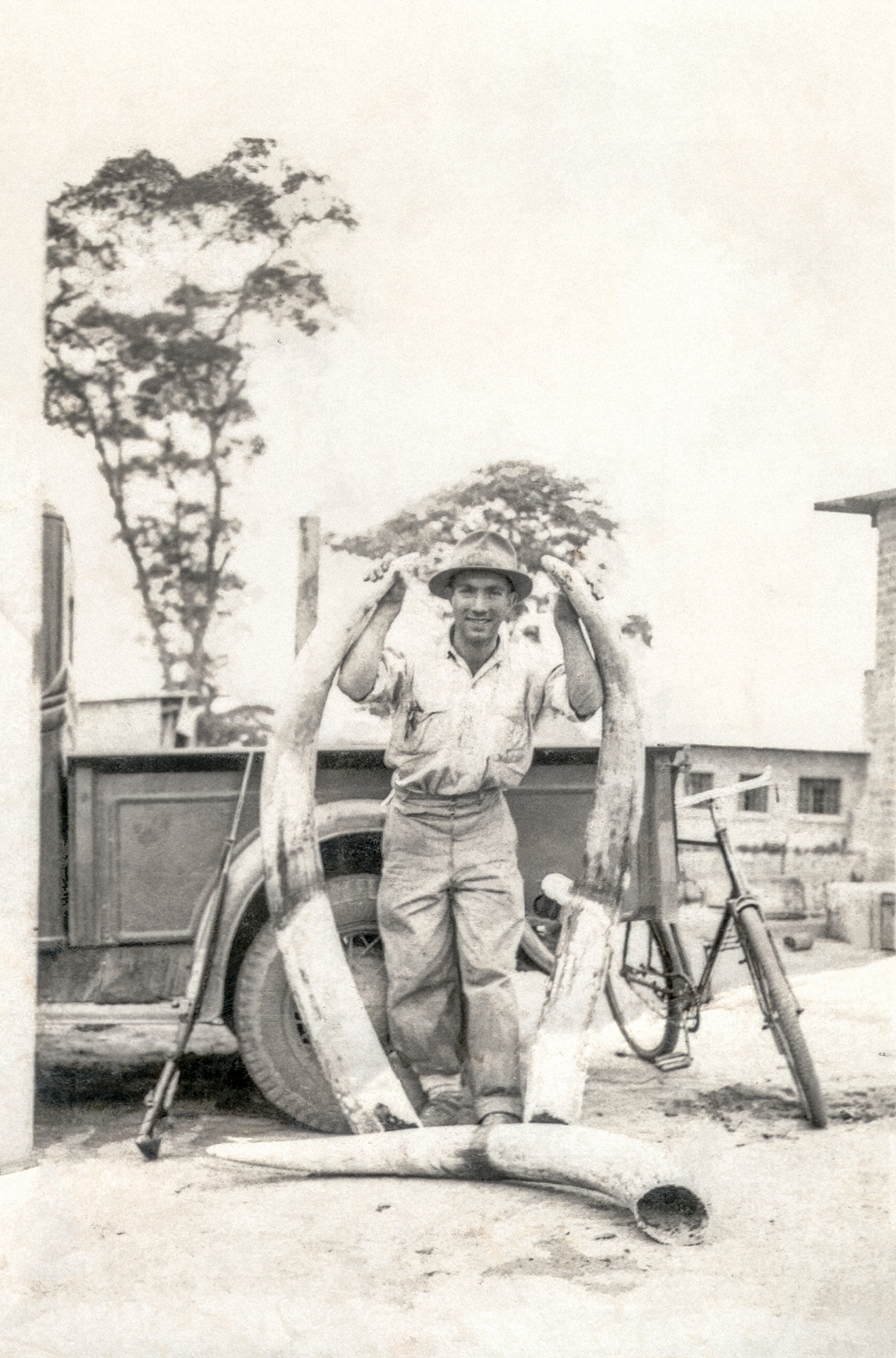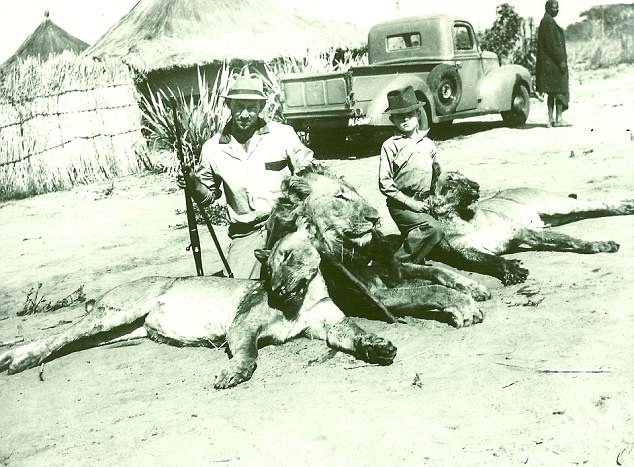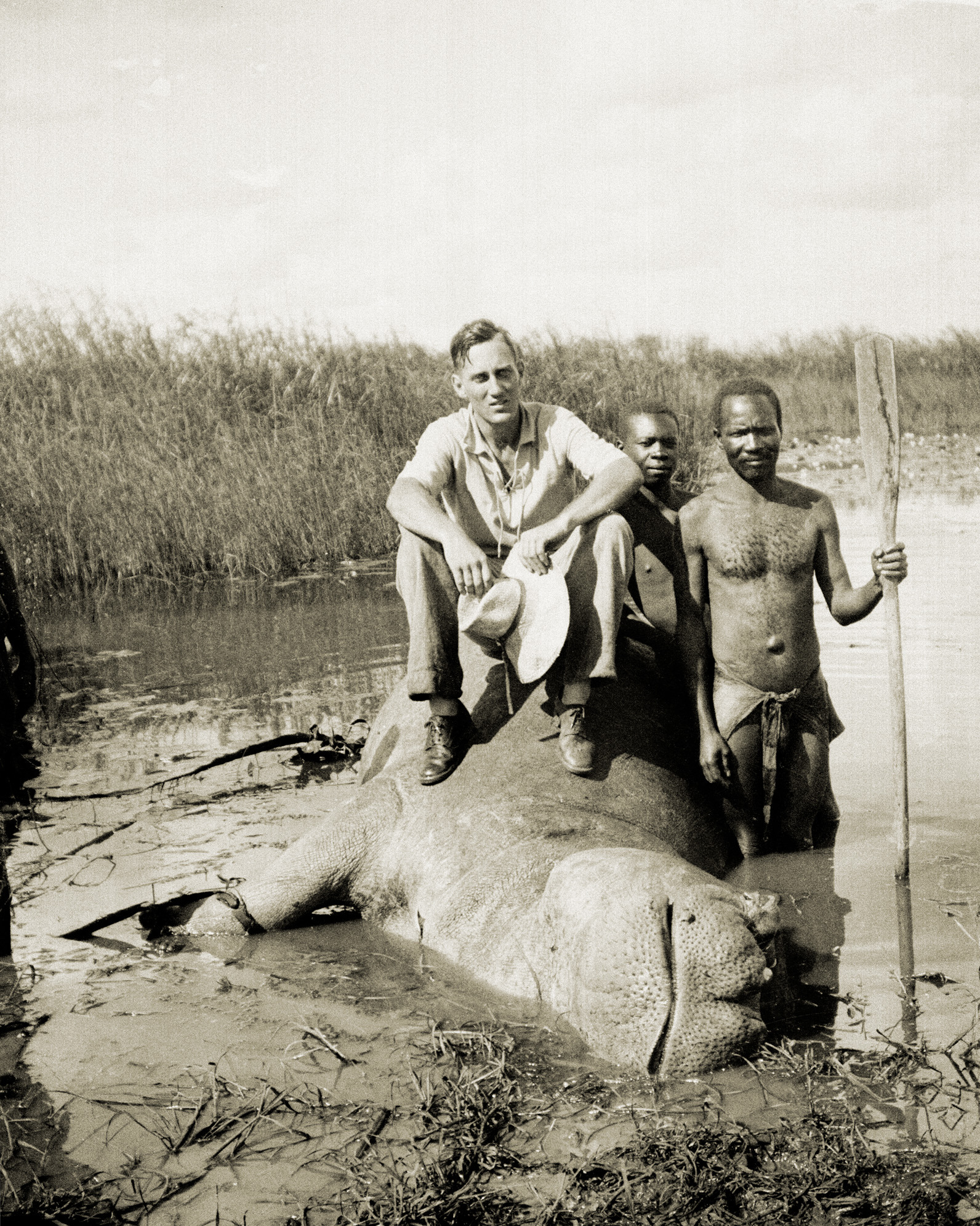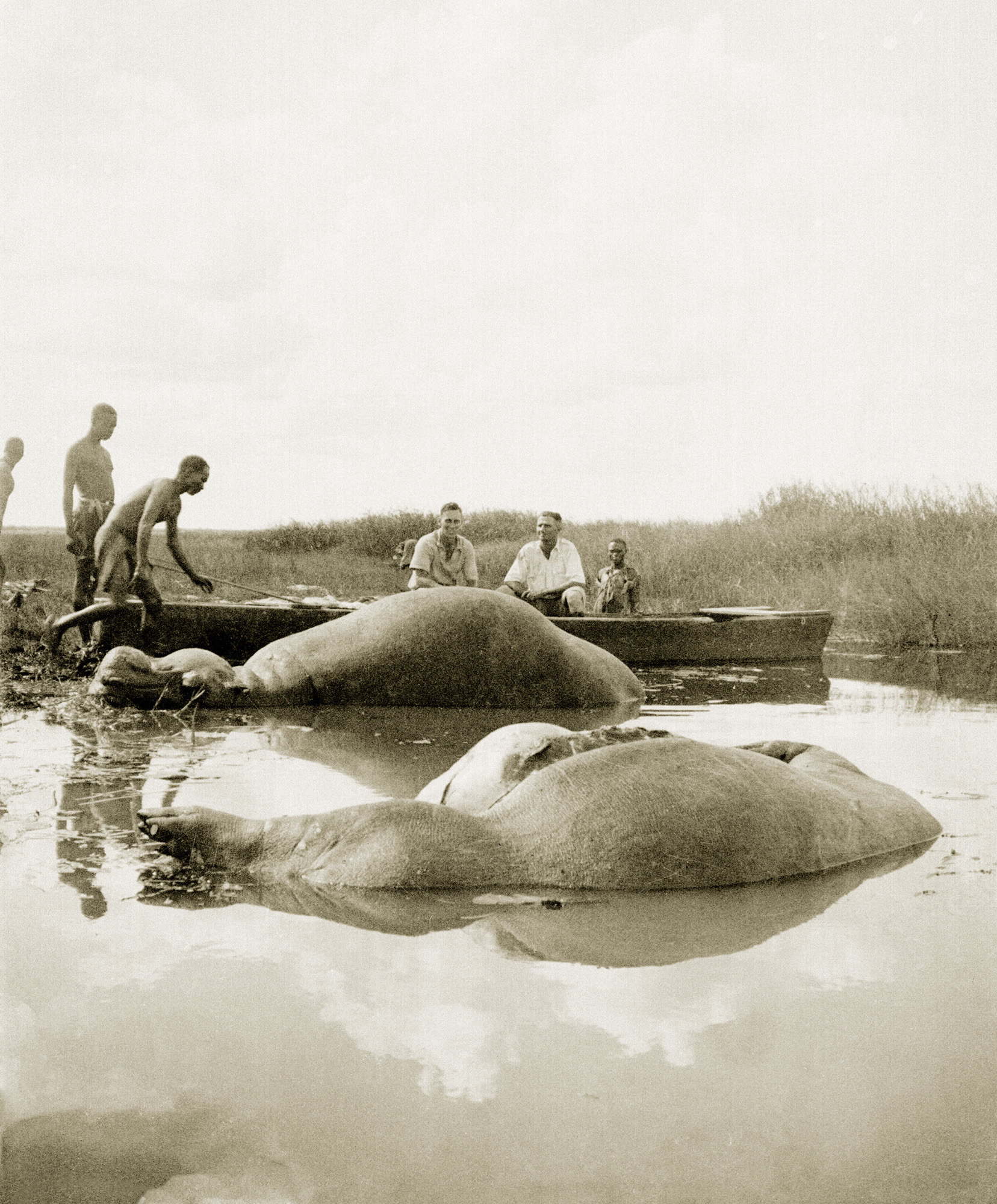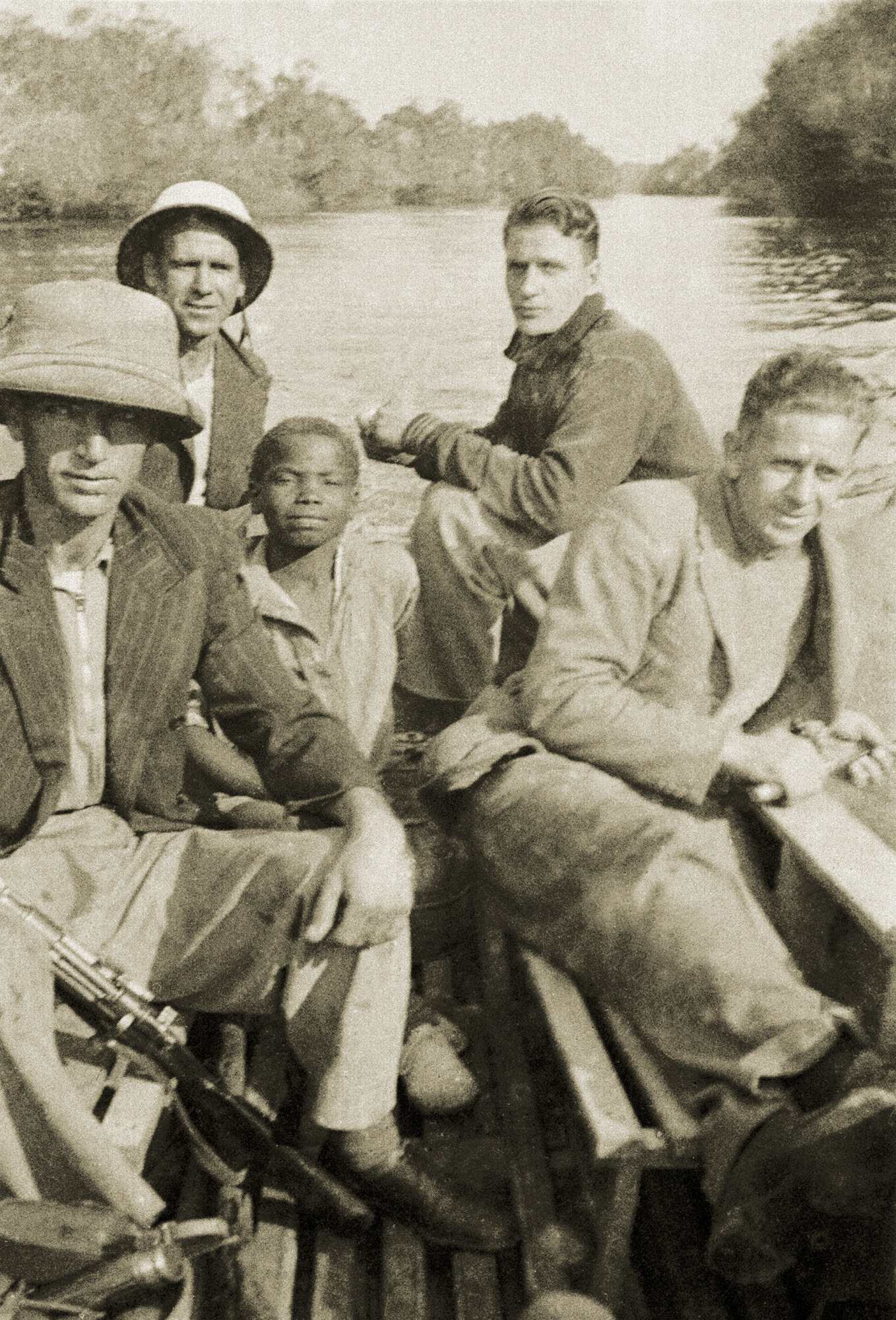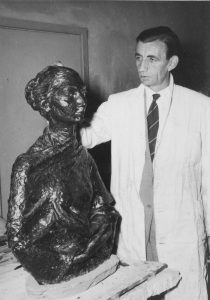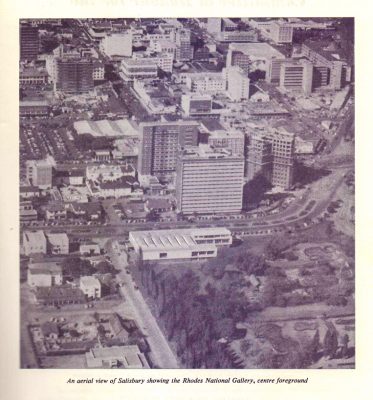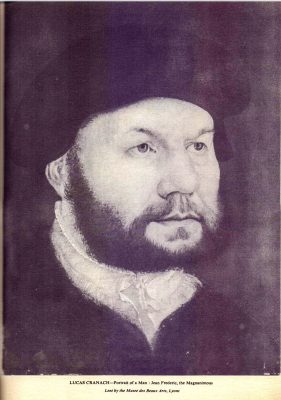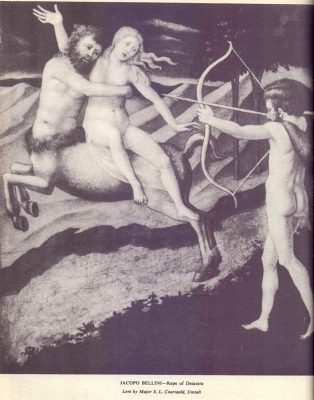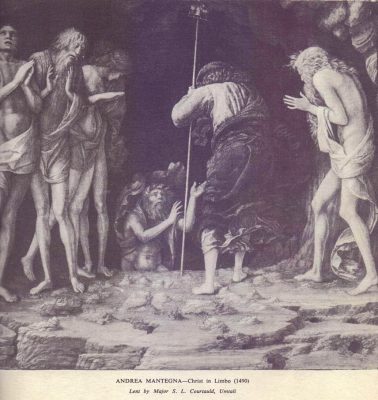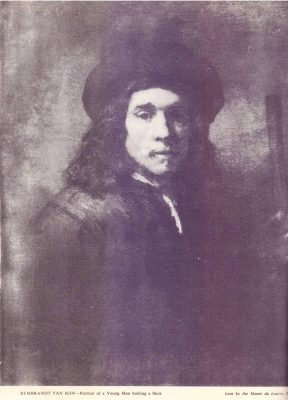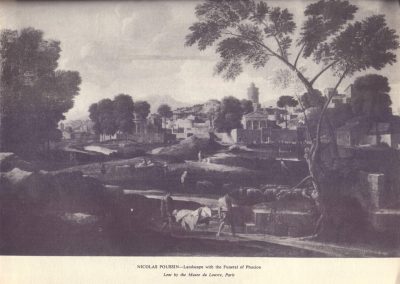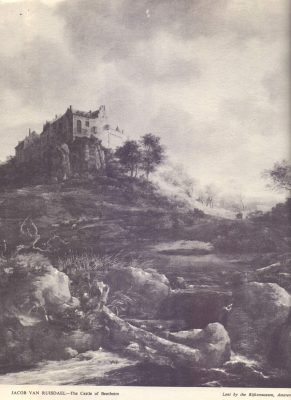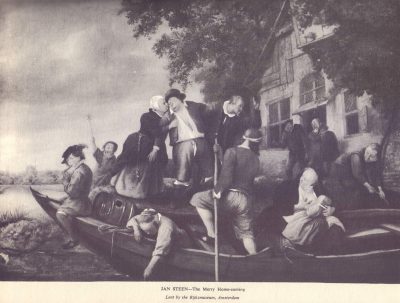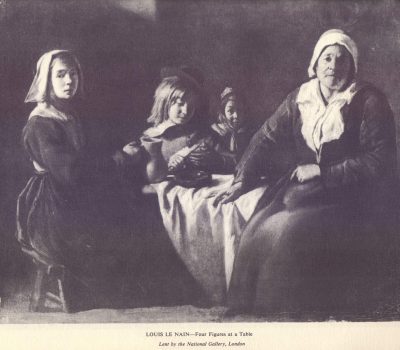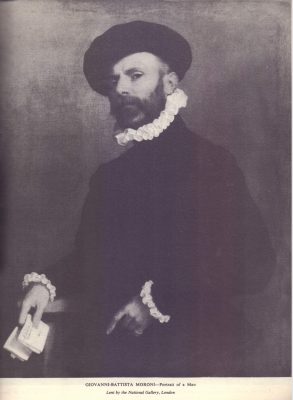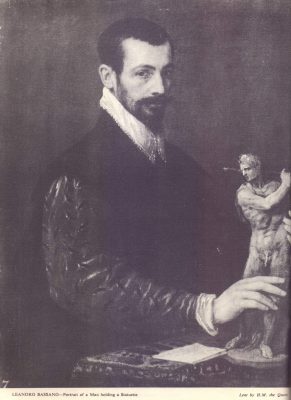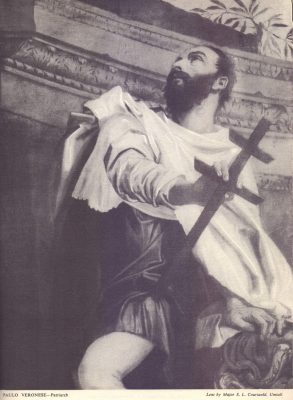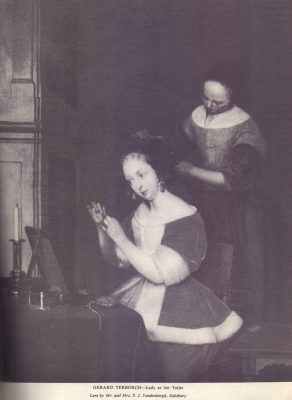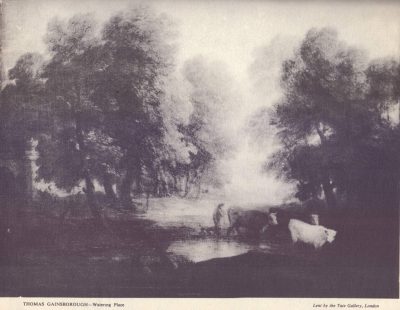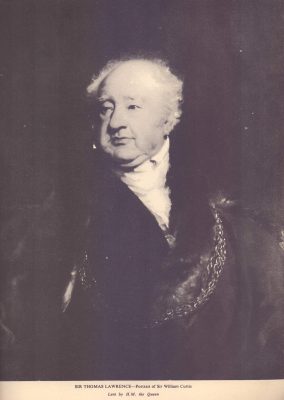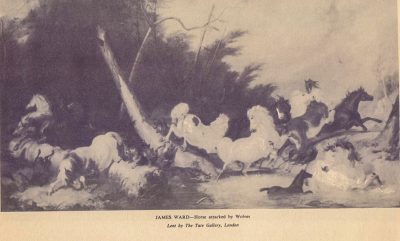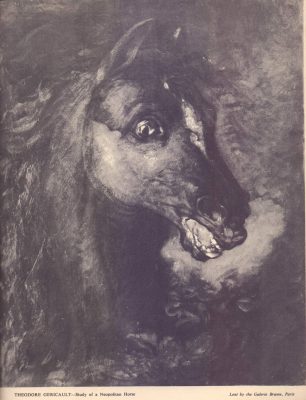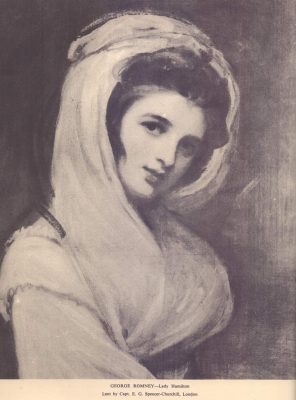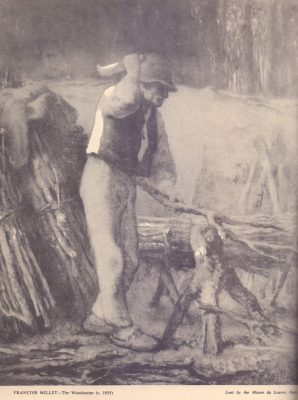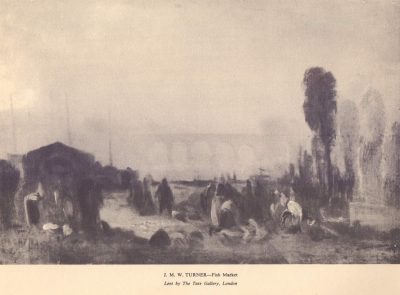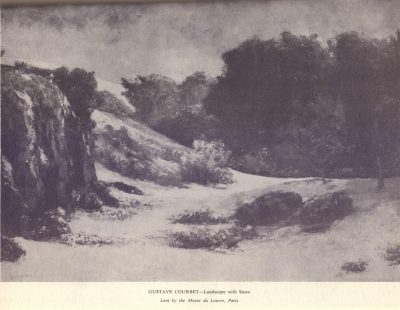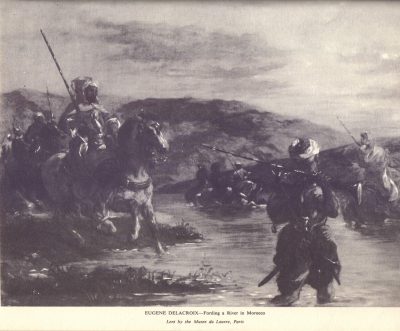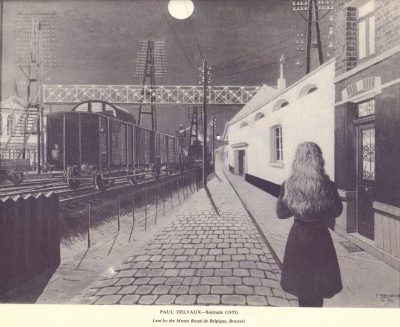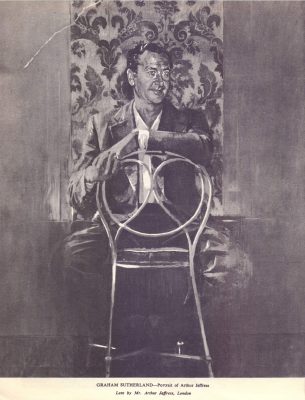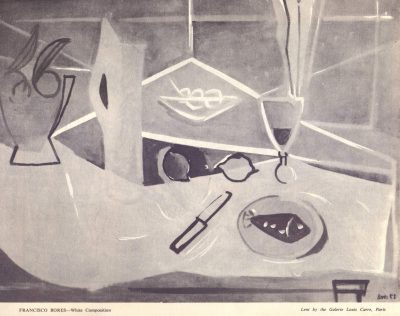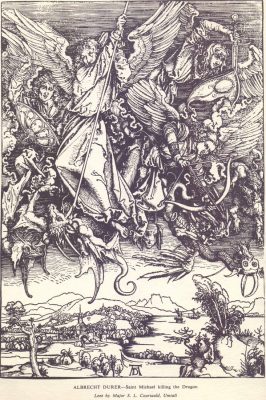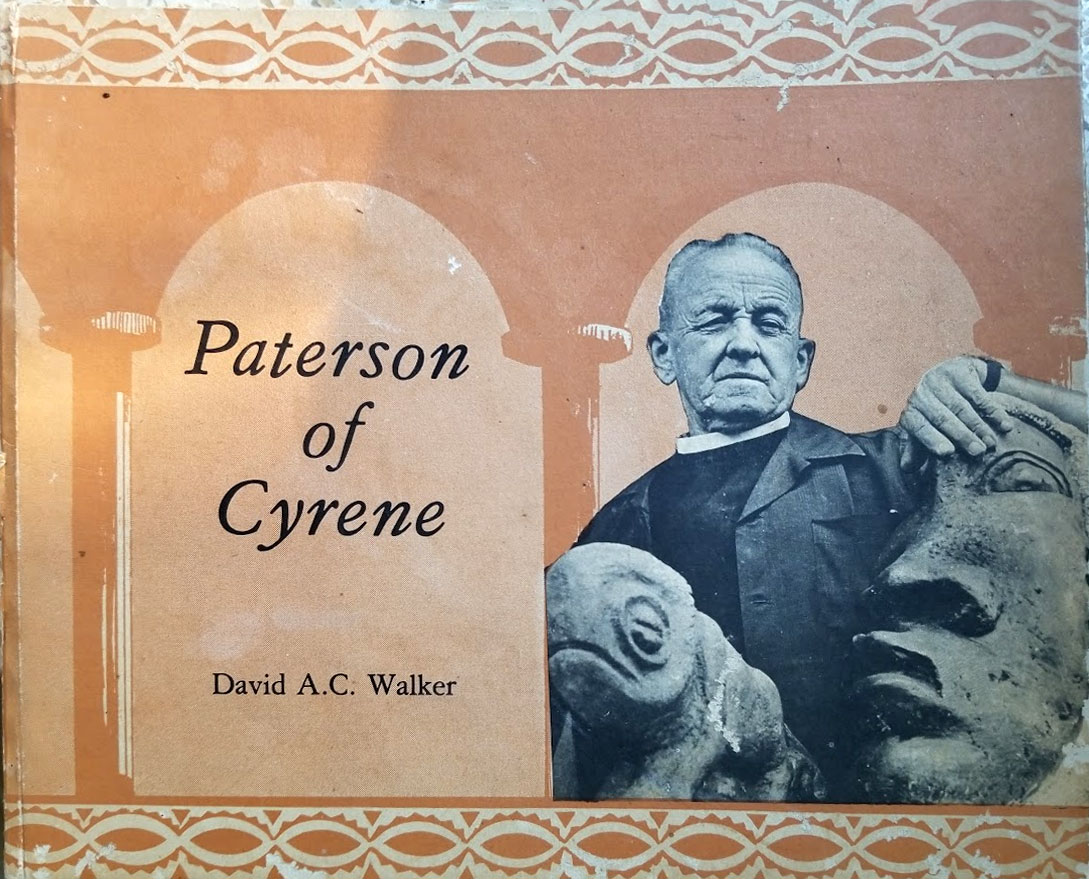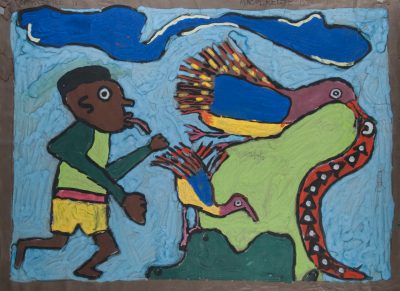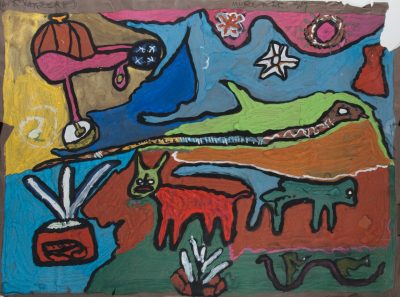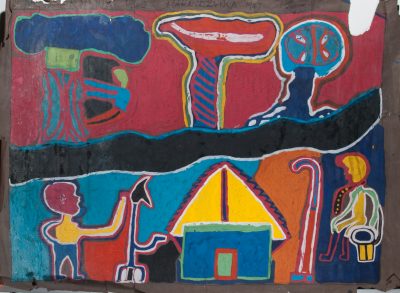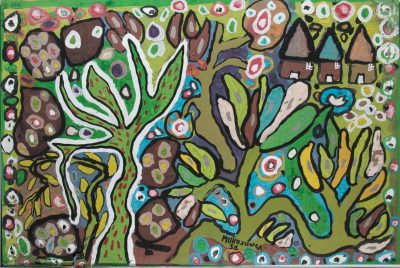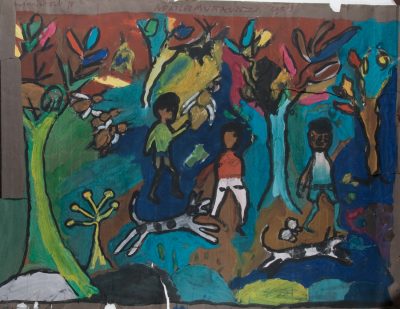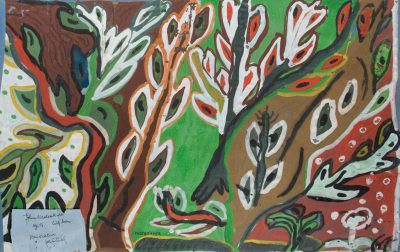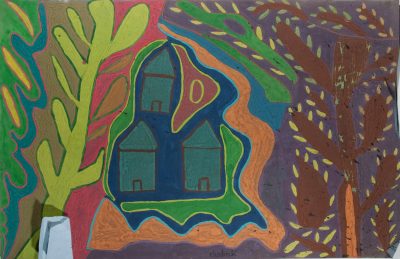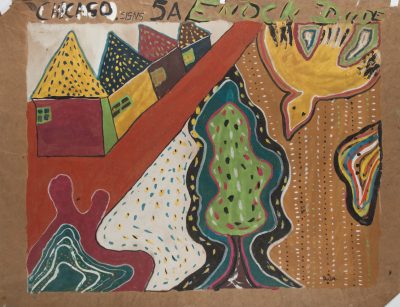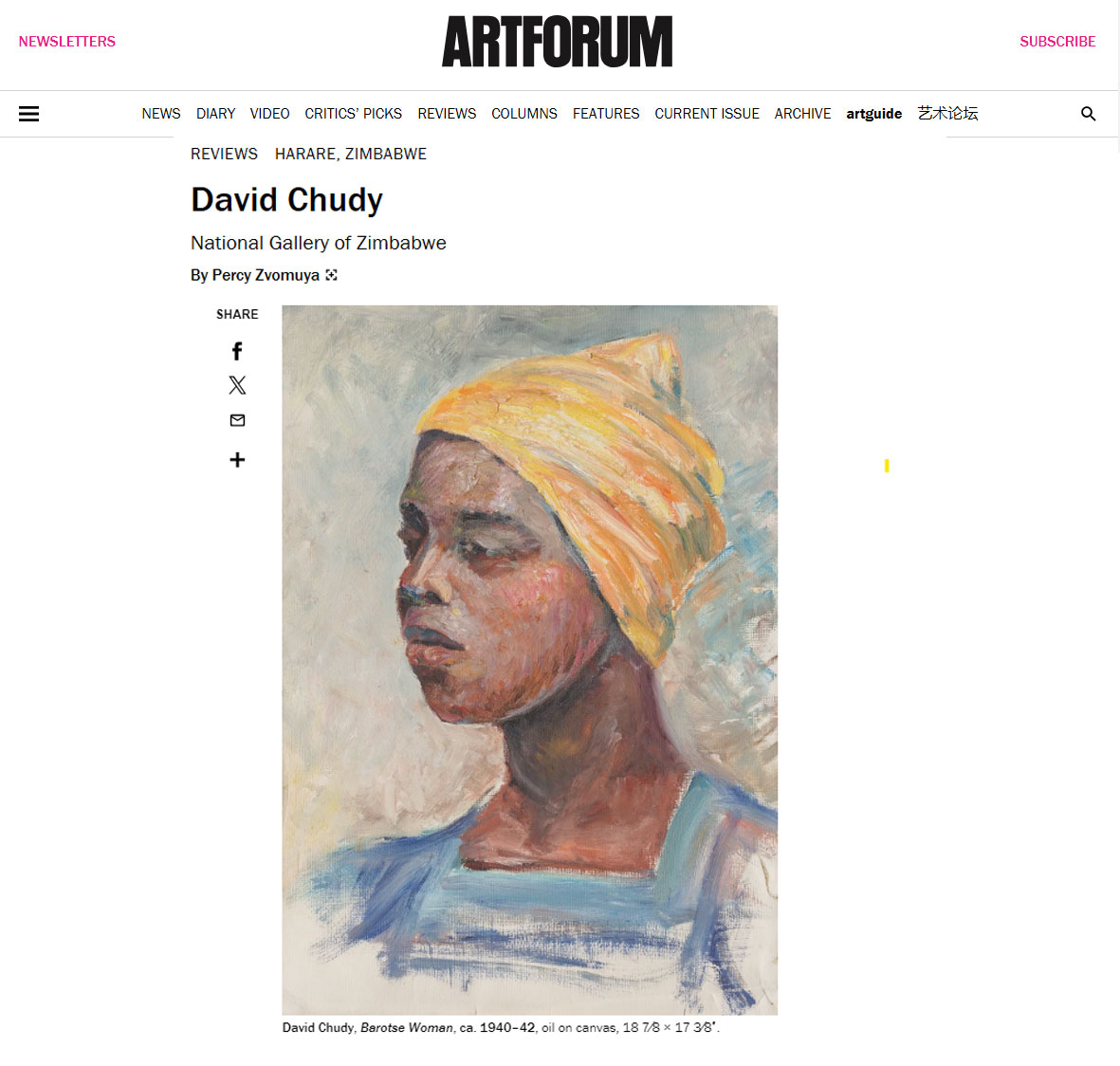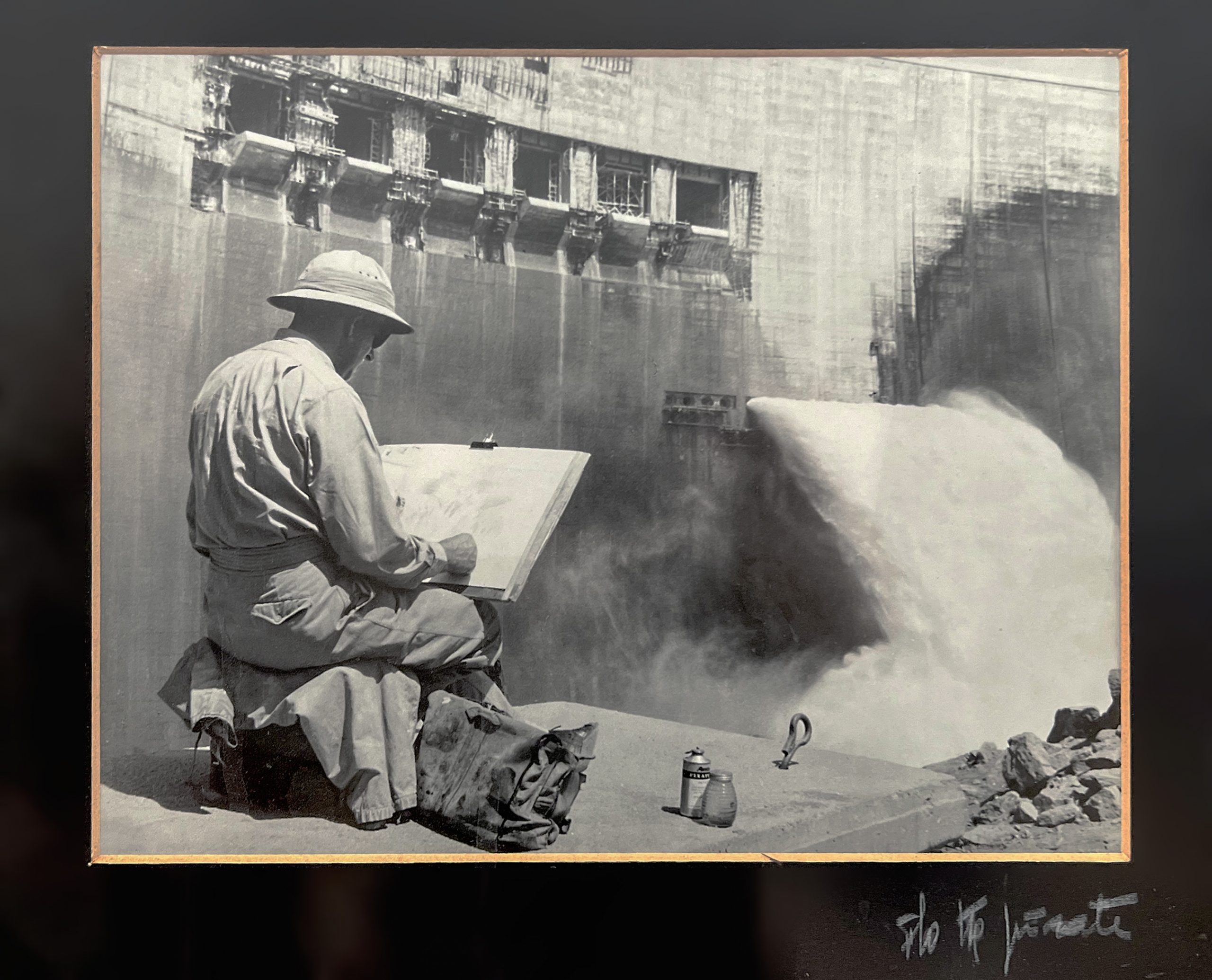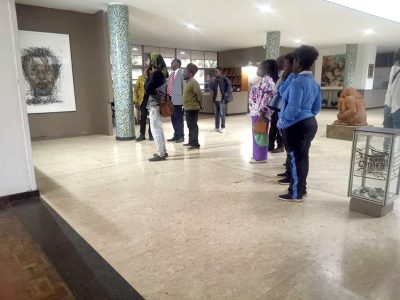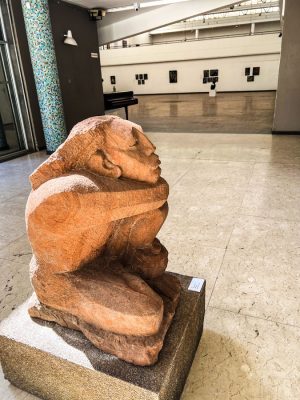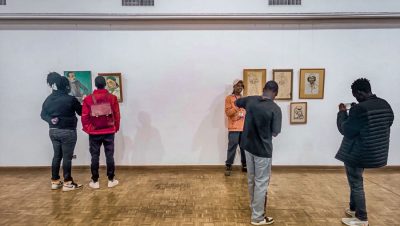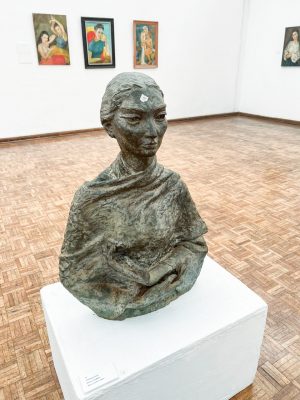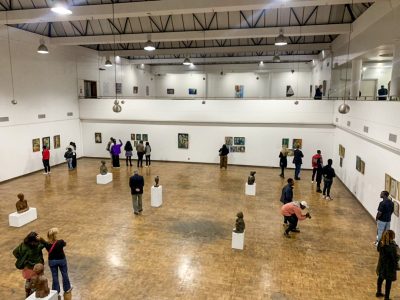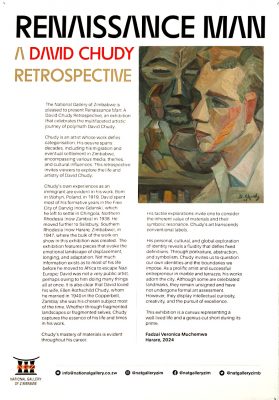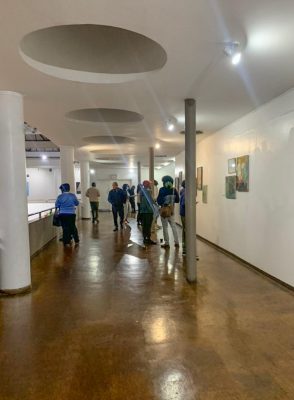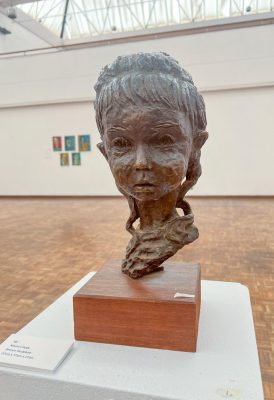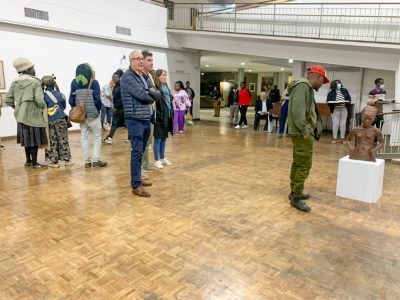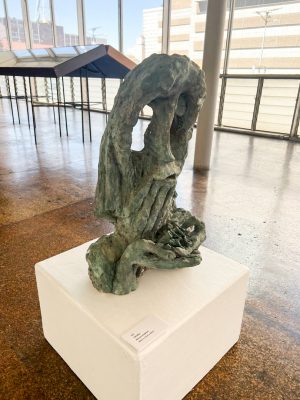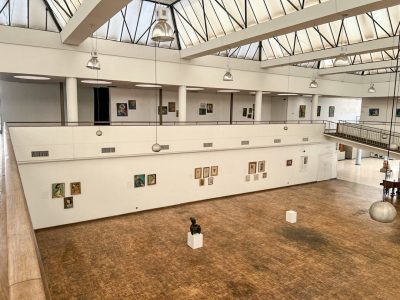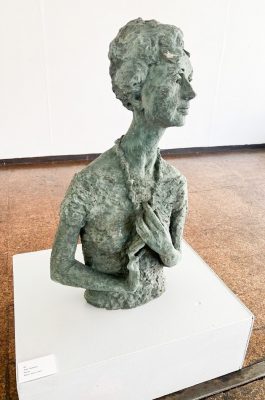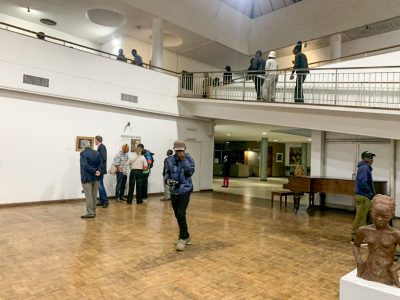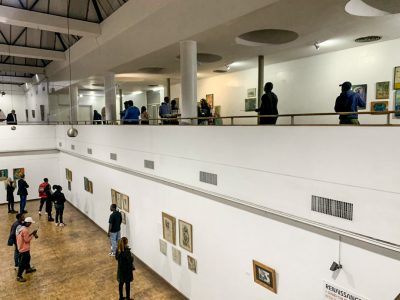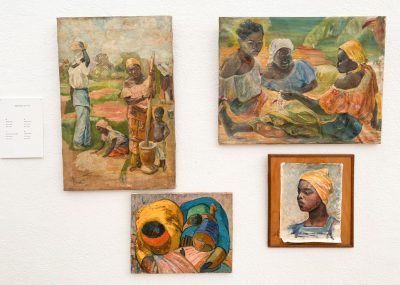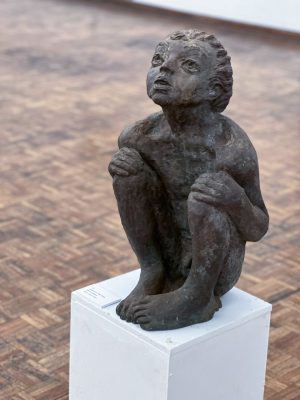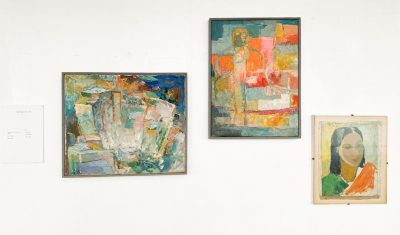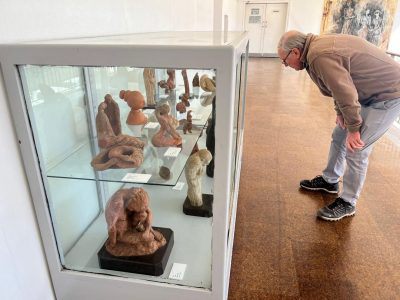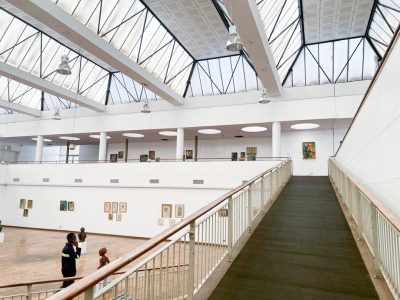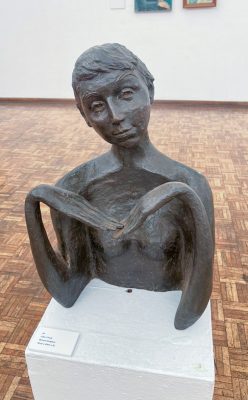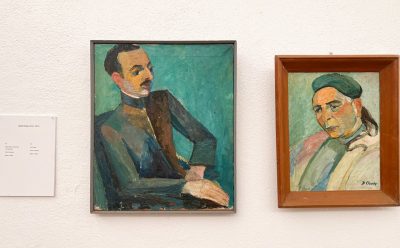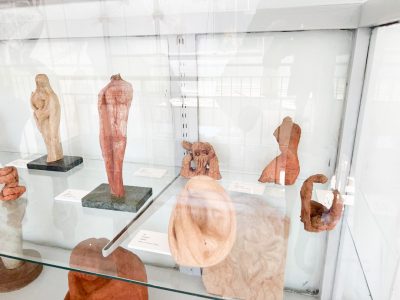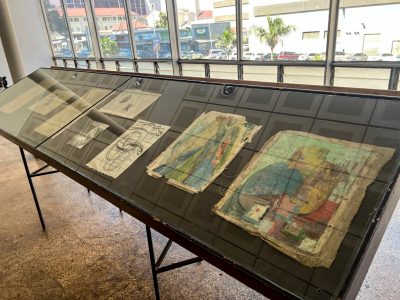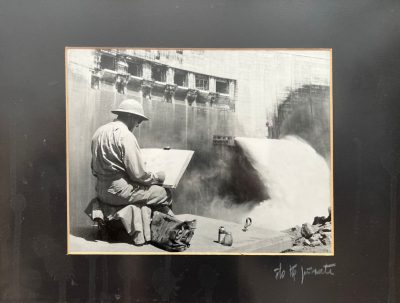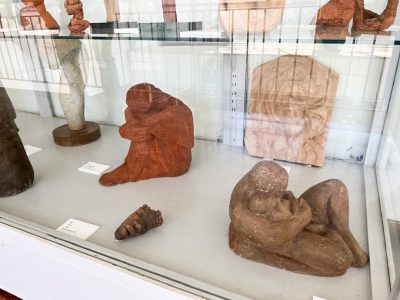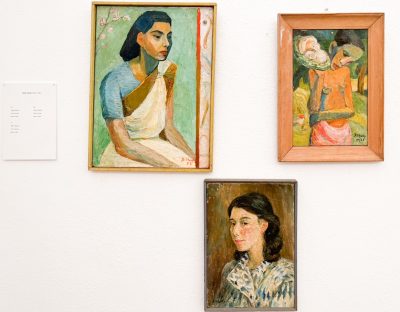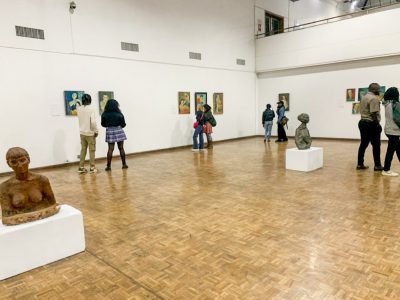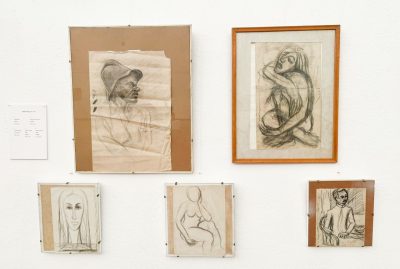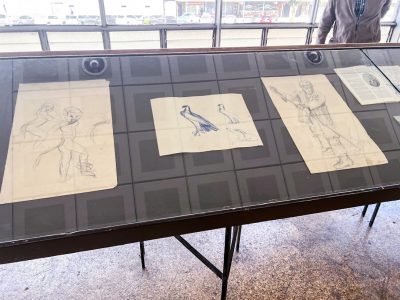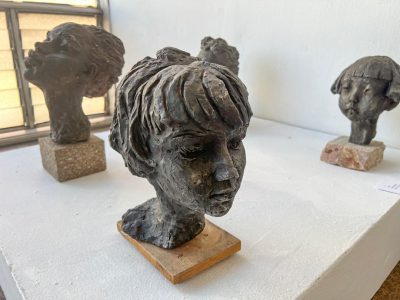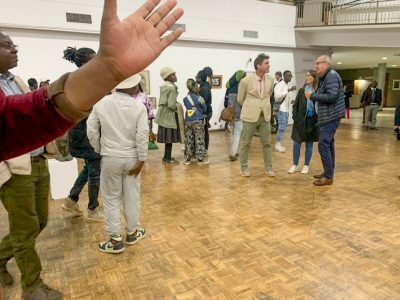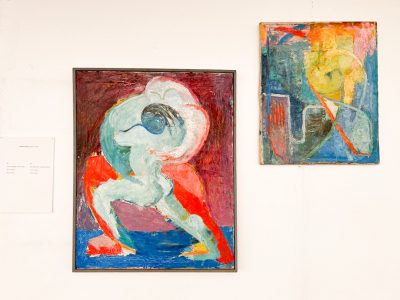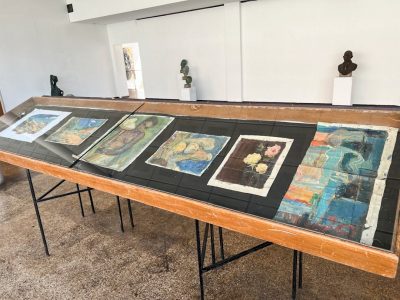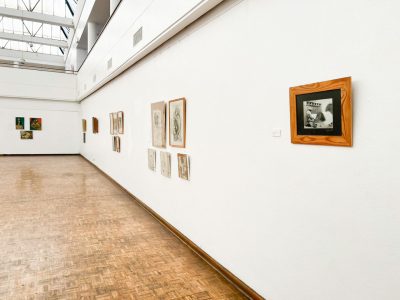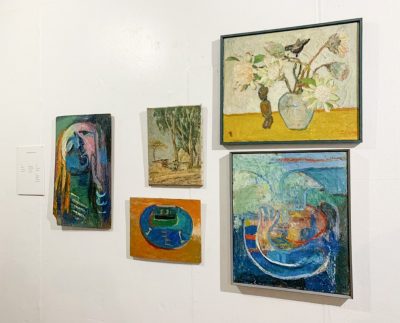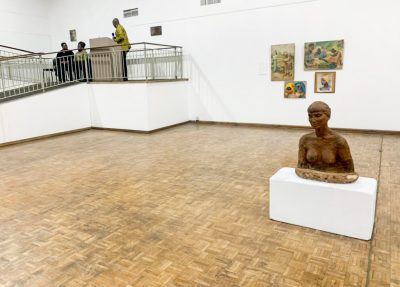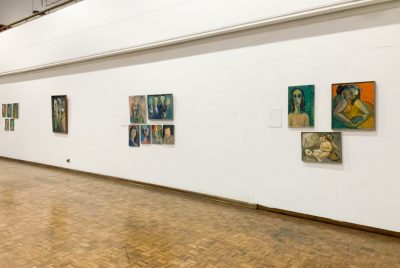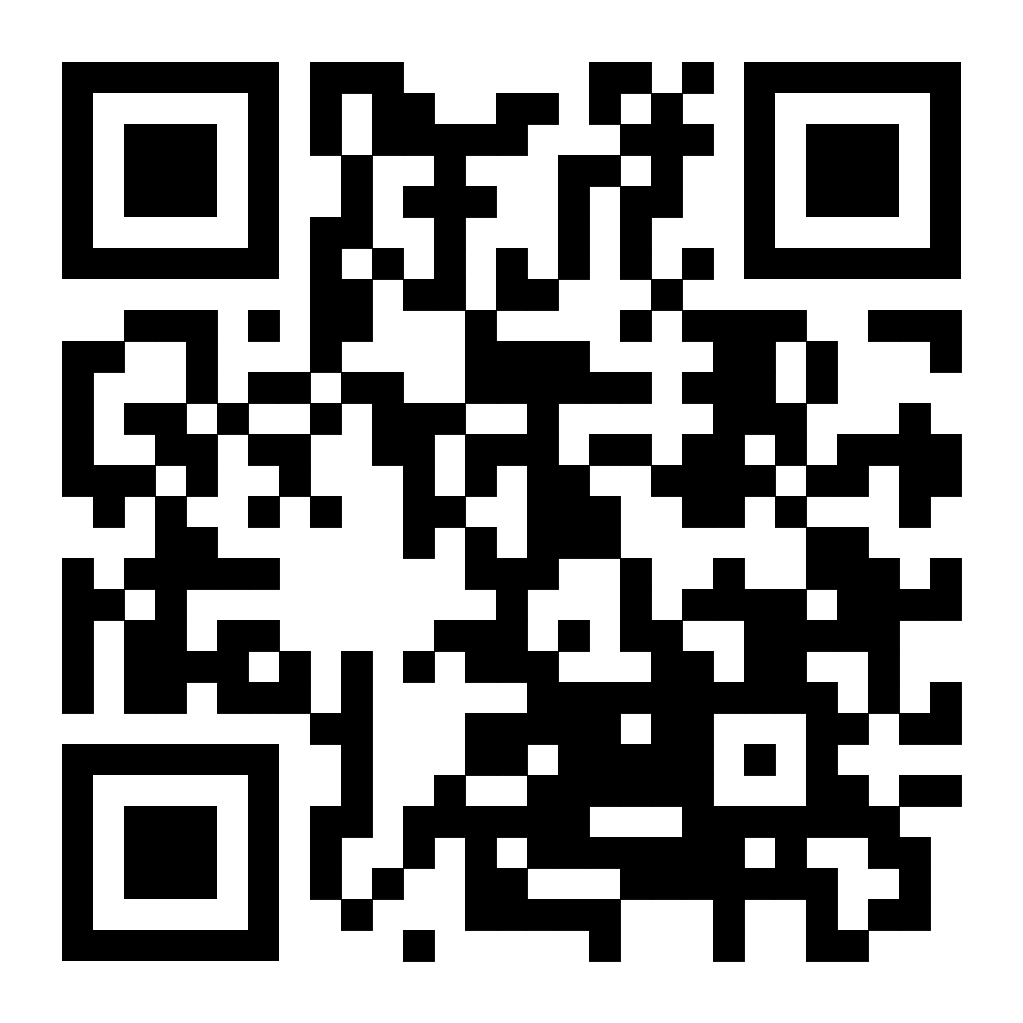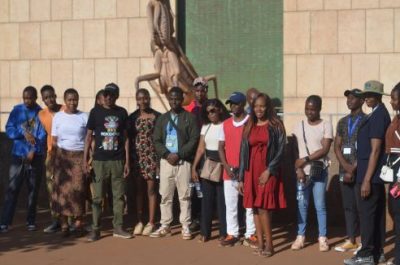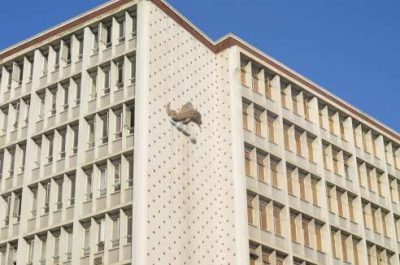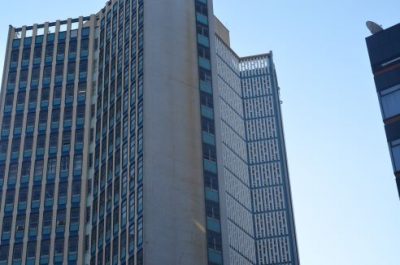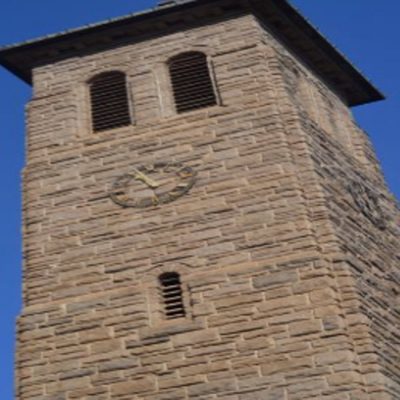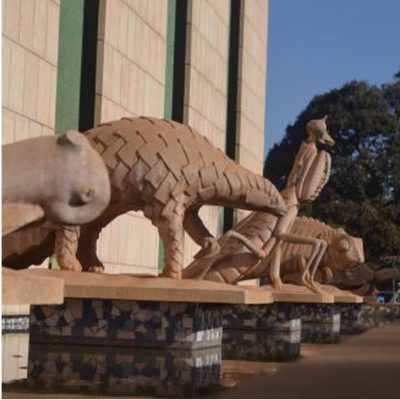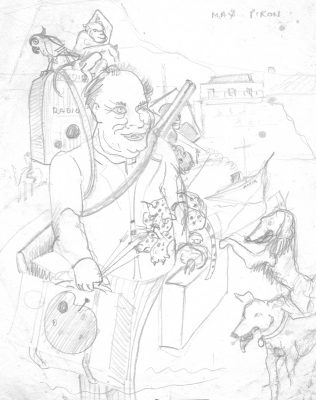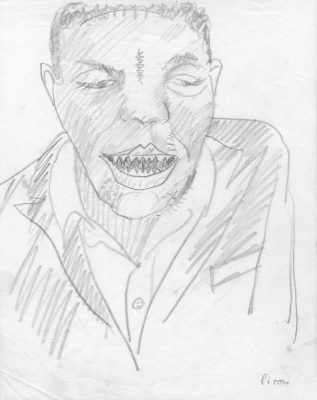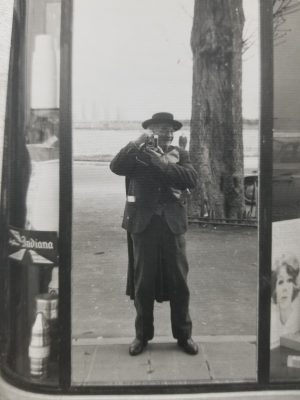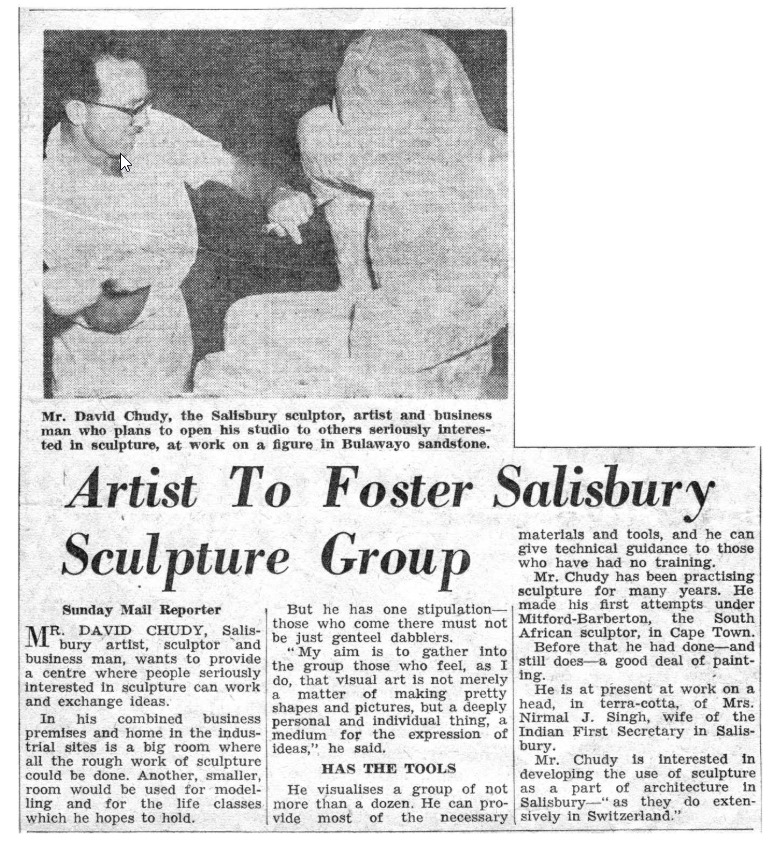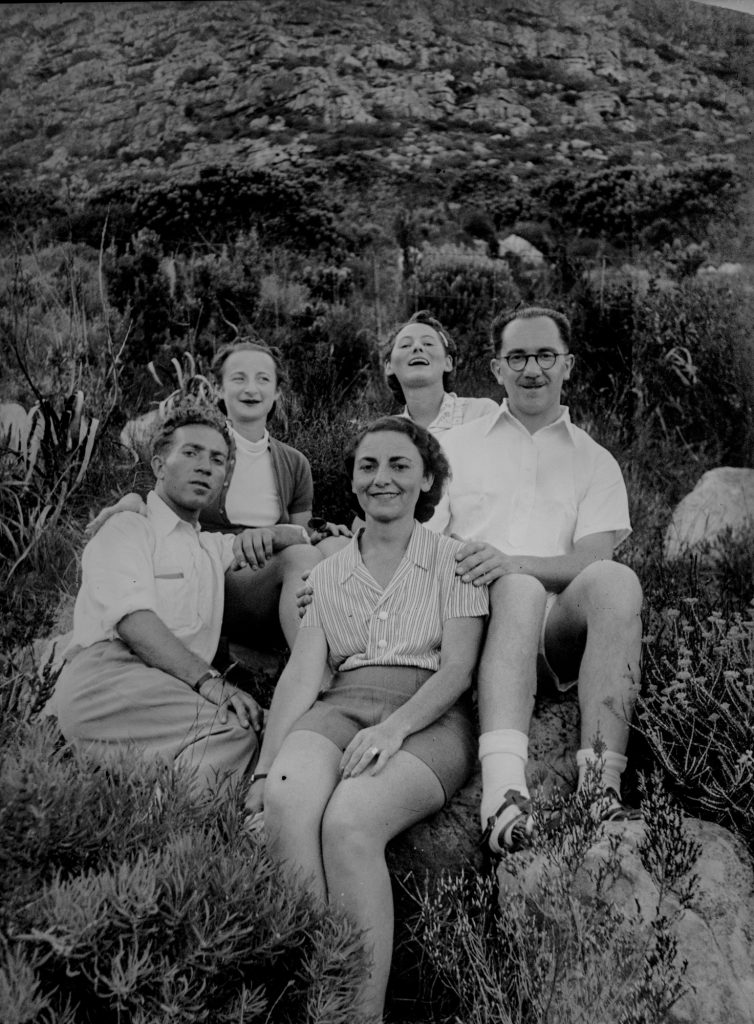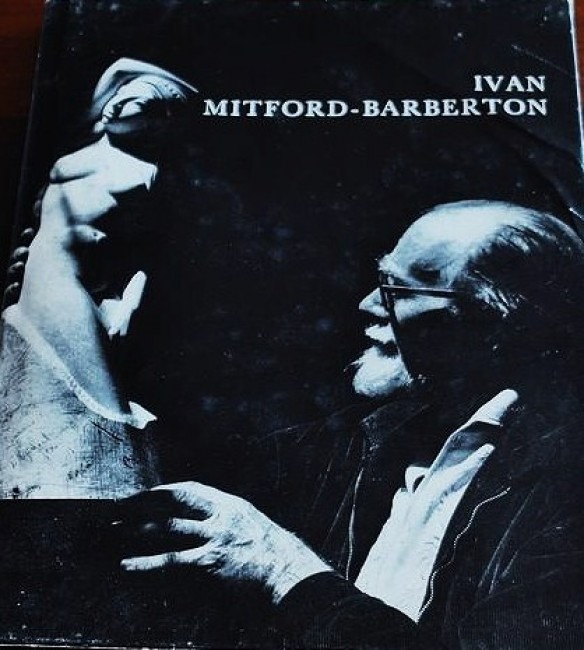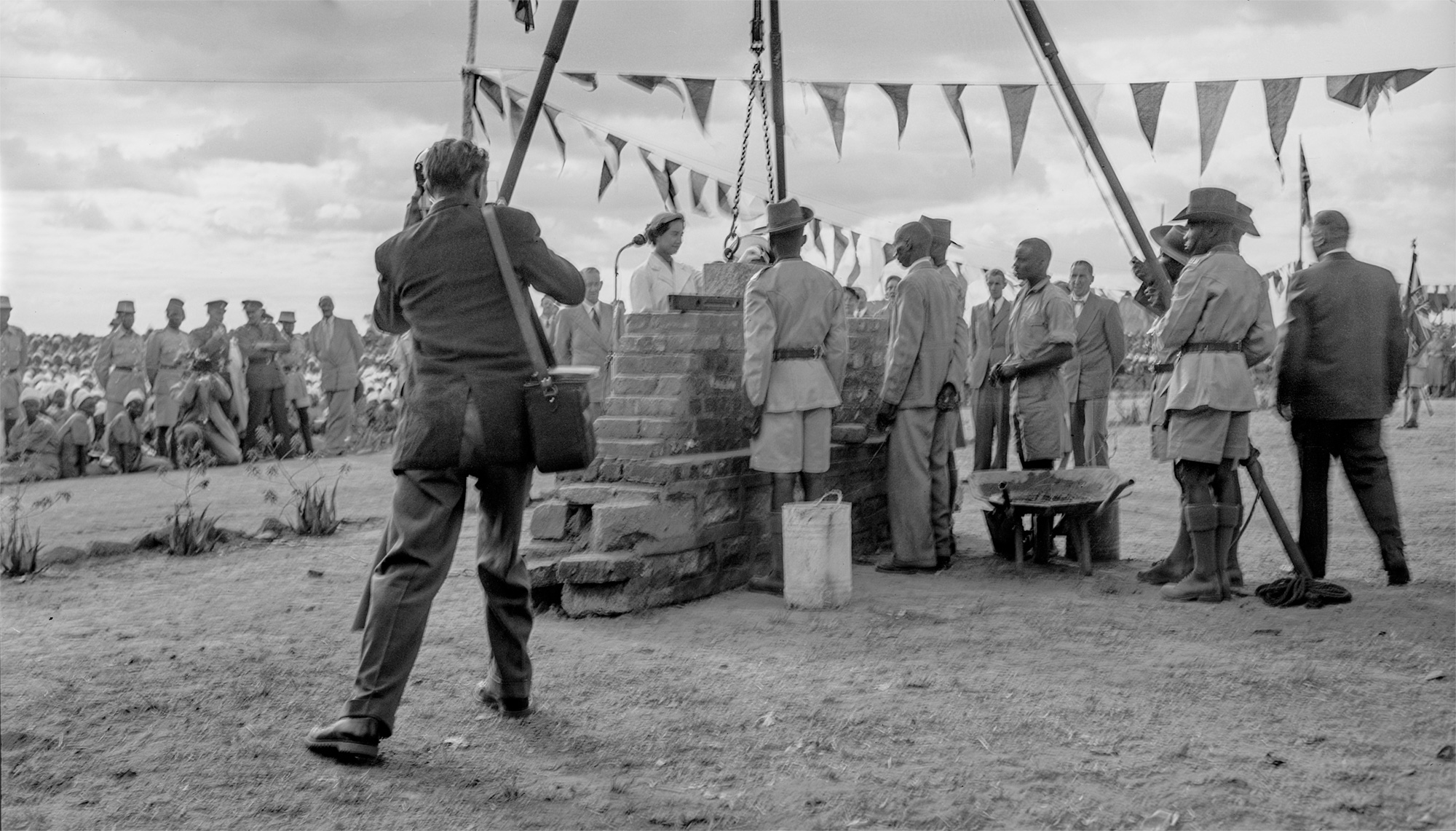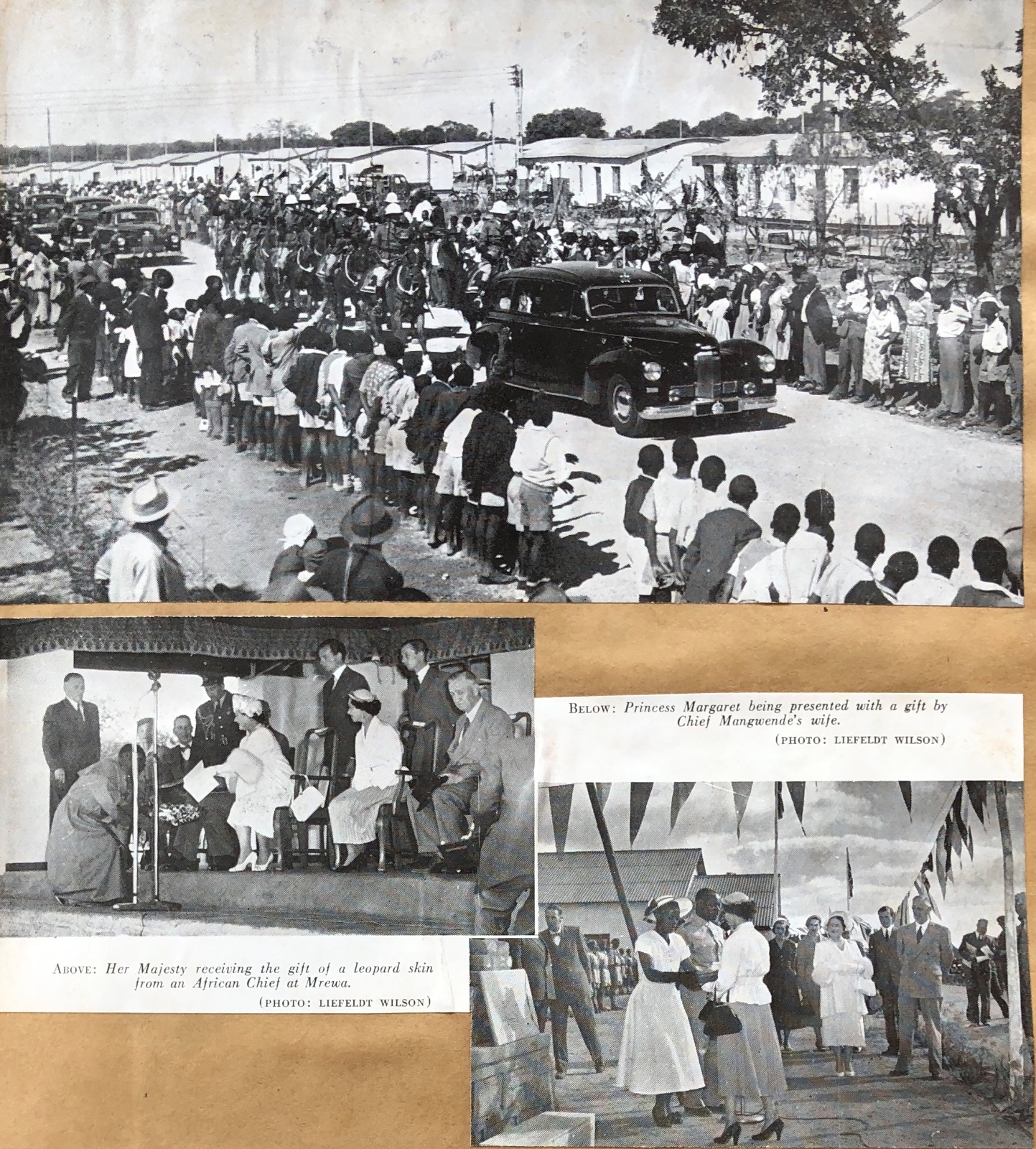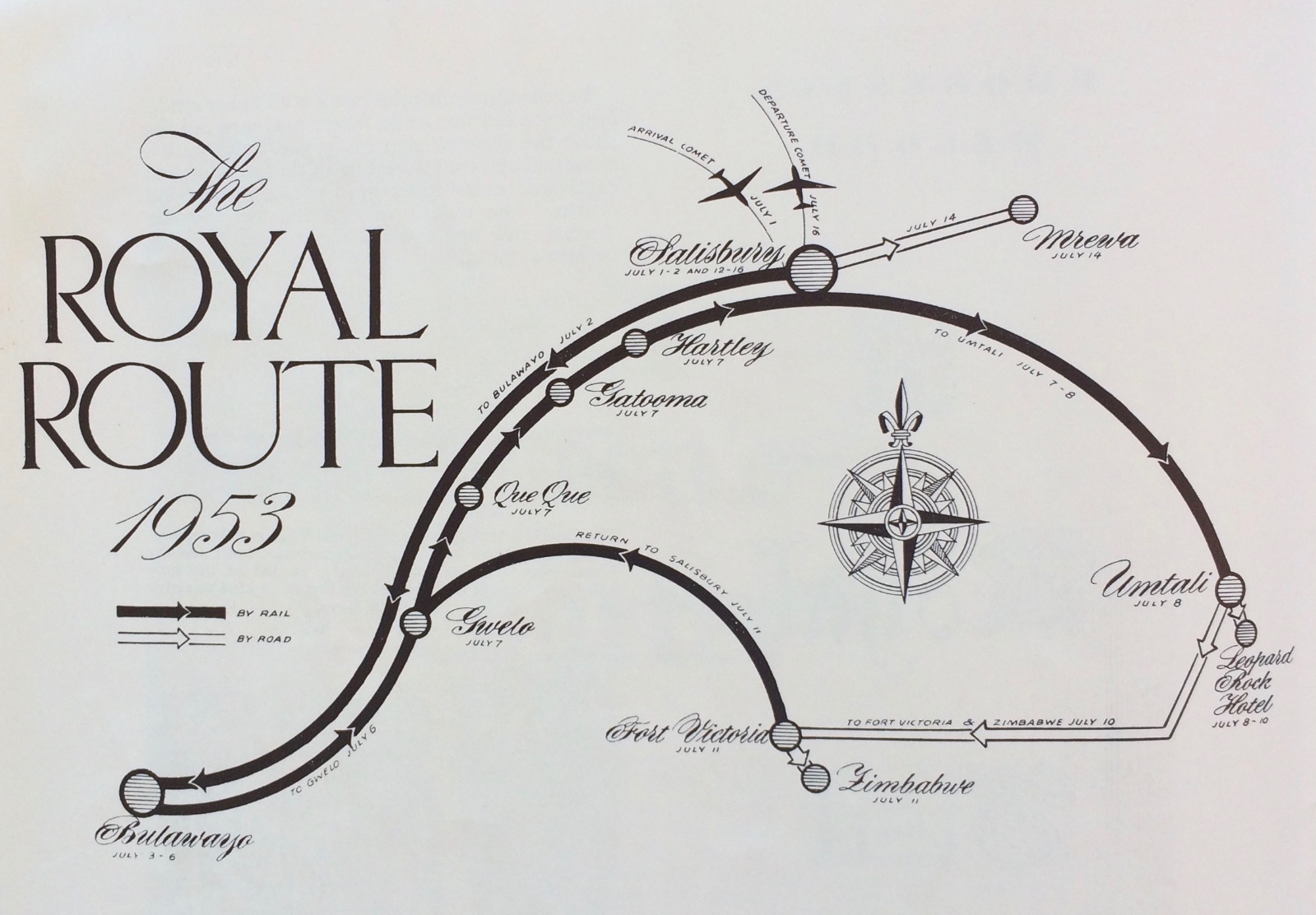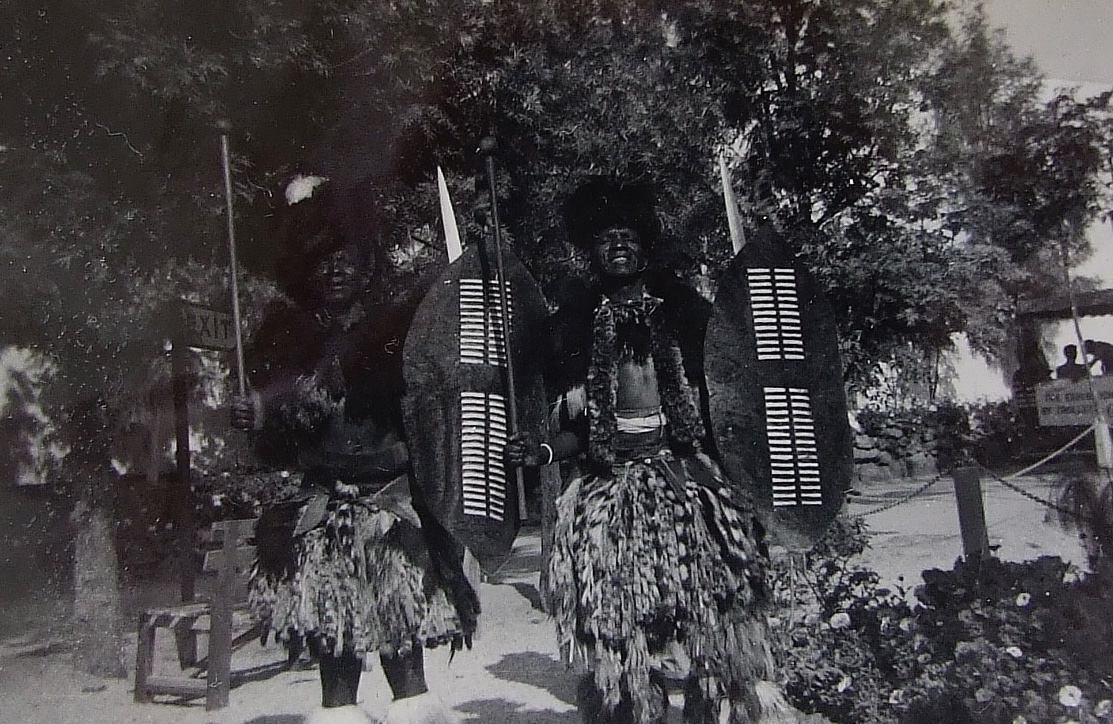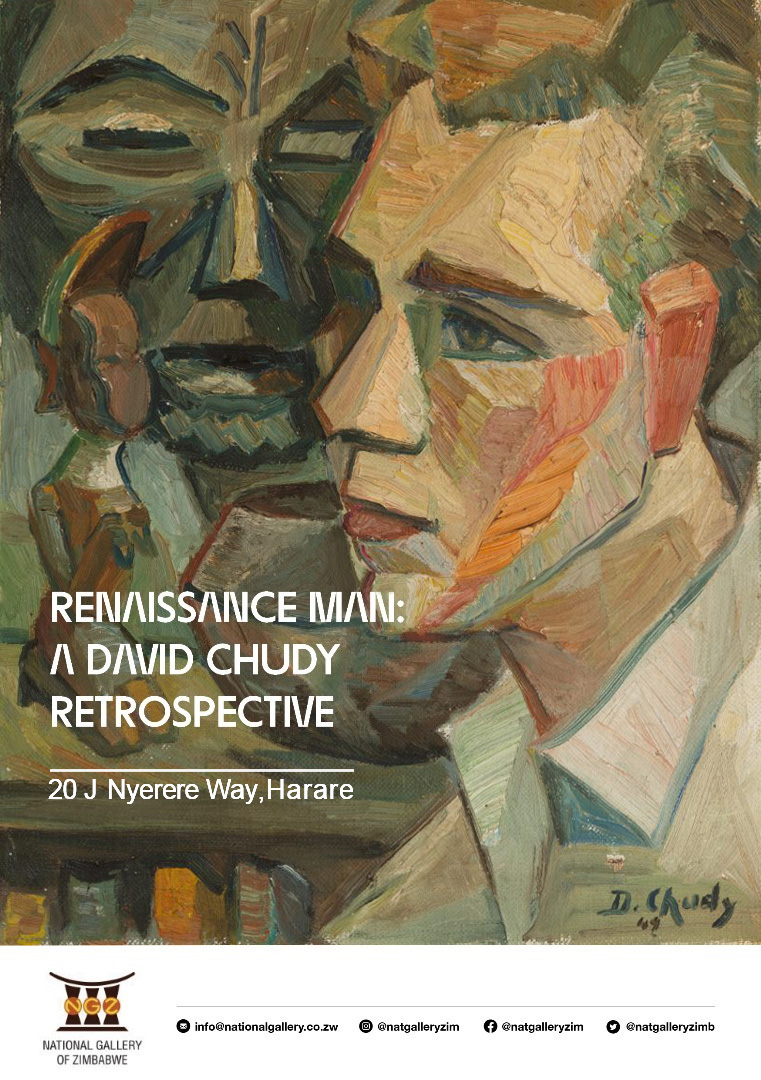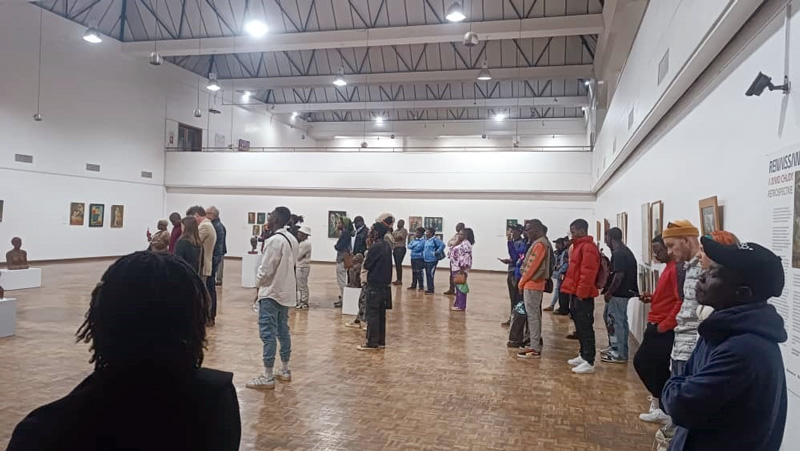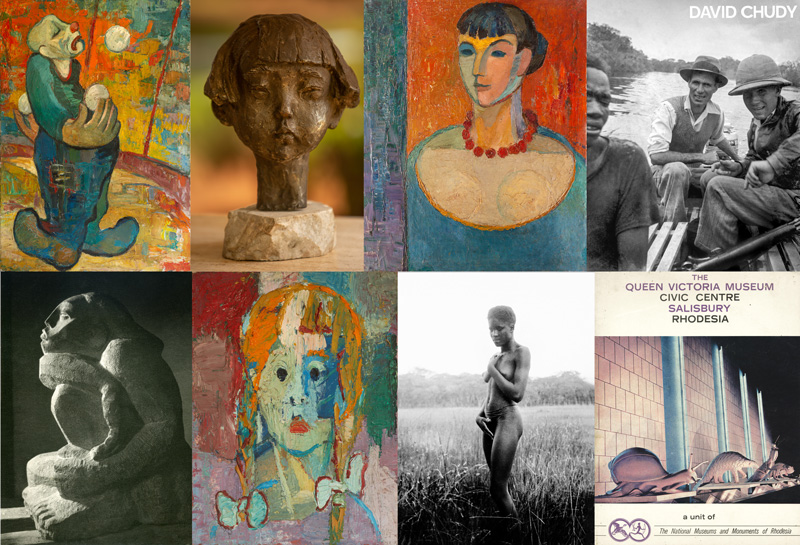Introduction
So that great art may be seen in Central Africa we have assembled, from Primitive to Contemporary, a wide panorama of European painting. To a large extent an almost impossible task has been accomplished – impossible today because fragile masterpieces, some of them 500 years old, are not really allowed to travel even be tween London and Paris. When we sought to borrow treasures for Rhodesia from galleries in Europe, they asked “Where is Rhodesia and in what continent?” The reply “Central Africa” brought panic to the imagination of would-be benefactors – visions of fly-ridden jungle swamps, seething with crocodiles, discouraged them. Extensive air-travel was another bogie to overcome with energetic persuasion. Thus the public must understand why certain elements of the panorama are missing, but at the same time profit fully from an occasion created for them, which could never be renewed.
Two works by Rubens definitely promised, an El Greco and a Caravaggio, were refused at the last moment, otherwise most essential masters, makers of art history from Rembrandt to Picasso, are present. Stress has been laid on those strong points of liaison linking ancient to modem art. The serious unbigoted student open ing heart and eyes to the truth of facts may suddenly discover his own “presence” in the “reality” of the 1950’s in relation to all that has gone before. There is, how ever, joy for all eyes – for those looking only on the Past, too immobile to focus the Present – for those equally biased, appreciating nothing but the art of today
– above all, for carefully tutored eyes perceiving beauty and creativeness where
it is, in all times and places under the sun.
This show is a challenge to everyone. Let us say, beware of the sweet and the pretty-pretty traps into which one naturally falls and try to confront our unaccustomed minds with forms that will finally provoke them into understanding.
“Visual Culture” is the hackneyed contemporary term but what it represents is worth fighting and suffering for, so great are the joys it brings to every moment of life. The love of looking grows from childhood to old age if it is given a chance to live: give it that chance!
Most of these paintings are created by great people in the true sense, whose works do not fade with death: by men whose energy and imagination are possessed with a thirst for new guiding truths. Every master pioneers and imposes new phases of understanding, be he Mantegna, Caravaggio, Rembrandt, Tintoretto, El Greco, Poussin, Turner, Corot, Constable, Pissarro, Cezanne, van Gogh, Picasso, Braque, Bonnard, Kandinsky, Klee or Miro.
This exhibition offers a unique occasion to meditate messages from the mother continent, to fill gaps in one’s mental make-up for which this young country bas not up till now been able to provide.
Many visitors will be amongst old friends: they may also make new ones. For the less experienced art lover, I suggest he wander round the show freely absorbing impressions. He should return again and again to objects that enchant him. He should not fear those that shock. Some first impressions will remain; others change radically. New notions from “out of the corner of the eye” will slowly impose them selves. Once alone, he should study the catalogue. It will help fix his interests on the map of art history. Reproductions in the catalogue may count for years to come. A reproduction is of value when the original has been seen. After wandering around freely, fixing impressions, the visitor should attempt following the evolution of art in modern times.
The flow of inspiration goes from Claude and Poussin to Turner and Corot, then on a long series of logical developments to that great explosion, the Colour Revolution, the use of vibrant colours apparent everywhere today.
Strange though the paradox may appear the “discovery” of the art of so-called primitive man is being made simultaneously with a great drive for industrial aesthetics and design. A large part of the future of art and of the applied arts lies in designing the machine and the machine-made object.
Is it necessary to insist on the advantages industrial art can bring to the commerce, the industry and to the appearance of a vital new country like Rhodesia?
For this reason, our Gallery, hailed in the Paris press (Arts et Spectacles 30th January 1957) and the Manchester Guardian (1st May, 1957) as the most modern in the world, will indulge in shows of industrial design. Design, architecture and art in its widest sense from all epochs and countries can be studied in the Gallery’s library and reading room – from Lascaux cave paintings to the present day, from Vasari to Herbert Read. In the heart of Africa in this centre, a student can keep abreast of his time with reviews from London, Paris, Rome, Rio and New York.
To continue the march of art up to the present day, we must return to the 1850’s. At the time of the death of Turner in those hotbeds of experimental ideas, such as Paris, new schools, like waves of original thought, followed in quick succession. Each wave broke with a scandal only to be classified later as a new aspect of universal truth. Thus that poor and abandoned outcast, van Gogh, continues to inspire the pilgrimage of millions to his halucinating works.
The movement flowed through the Impressionists – they were notably Pissarro, Monet, Manet, Degas, Sisley – then on through Cezanne, Renoir, van Gogh and Gauguin. These latter giants of modem art are fathers of the contemporary move ment, they form a link between past and present. They are related through the Impressionists not only to Turner and Corot, Poussin and Claude, but to Daumier, Delacroix, Chasseriau, Gerricault, and Courbet. Together they inspire Fauveism, which also comes from Pointillisme through Seurat, Pissarro, Signac and Cross, while Expressionism marches side by side. It was however, the great influence of Cezanne
that caused those successive stages of Cubism that developed brilliantly from the end of the first decade of this century.
Unfortunately shortly before the last war and since then far lesser accomplished artists than the promoters of Cubism, Picasso and Braque, have exploited formulae of pattern working sometimes with taste and strength but only to lead to a period of stagnation, an acadamism of Abstractionism. Stagnation however is the outcome of all movements in art, and partly the reason for new ones. They are not new phenomena, but the main subject of art history. The same stagnation has temporarily befallen so-called “Realism” while the pleasantries of Dada and the hallucinations of Surrealism, which helped art in the l930’s to break momentarily from formal chains, have also almost petered out.
From the acadamism of Abstractionism, and amongst very young painters, it may be hoped some form of liberation is in progress. It is a purely abstract type of explosive Expressionism. It deals in the manipulation of pigment for its own sake, and for the artist’s own joy in playing symphonies of colour, texture and tension of stroke and impasto: These new experiments may or may not lead to something good. They are at their best amongst very young painters in France and in Italy, and can be seen in those generous donations to the Gallery made by the great Italian collector, Signor Damiano.
In England, Graham Sutherland and, to a large extent, Francis Bacon, are the
masters of a new “magic” art full of tense, tortured expression. Powers ready to burst lurk under seemingly innocent fai;ades of work attracting world recognition and the highest honours in countries old and new.
Of an older generation towering above his contemporaries, but still the youngest in spirit of them all, is Pablo Picasso. This genius of many facets explores every art – painting, sculpture, ceramics, engraving, (even poetry and play-writing). At the age of 76 he now tests mosaics – with uncanny facility in spirit and skill, he passes frequently from pure realism to aggressive and turbulent forms of expression. Is the atomic age, with increasing agitation and violence driving its most sensitive mediums, its artists, to manifestations of rage? If so, it will resemble those influences of the Inquisition or of cruel oppressions in the Low Countries echoed by Jerome Bosch, Peiter Breughel and Goya. However, theories are not for creative artists: they come later, providing employment for art historians, and all who attempt en
closing living art in sterilised compartments.
Art appreciation is not helped by scholarship, but by those human accelerators, enthusiasm and love. But for his tremendous limitations, Man is a free agent, free to explore his own tastes. With the aid of his beliefs, he can plan his own life or be come victim to it. His salvation is spiritual evolution and understanding. In all these things the Humanities help him. The pursuit of harmony and rythm is not always a pleasant pastime. It can not only charm – that is its weakest advantage
– it can destroy and recreate notions of the mind. Today, since the advent of figures like Rembrandt and van Gogh, it is one of the most powerful levers man can use to hoist himself on to a higher level of consciousness.
FRANK McEWEN.
